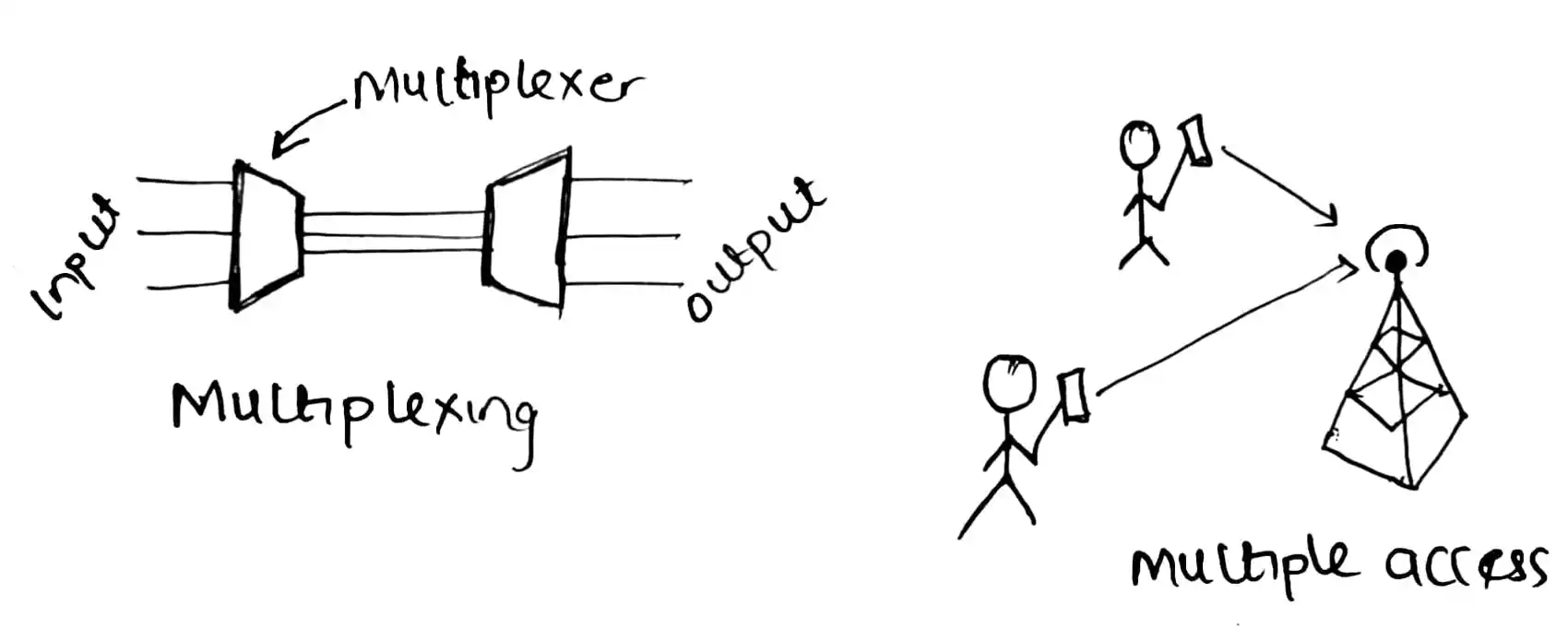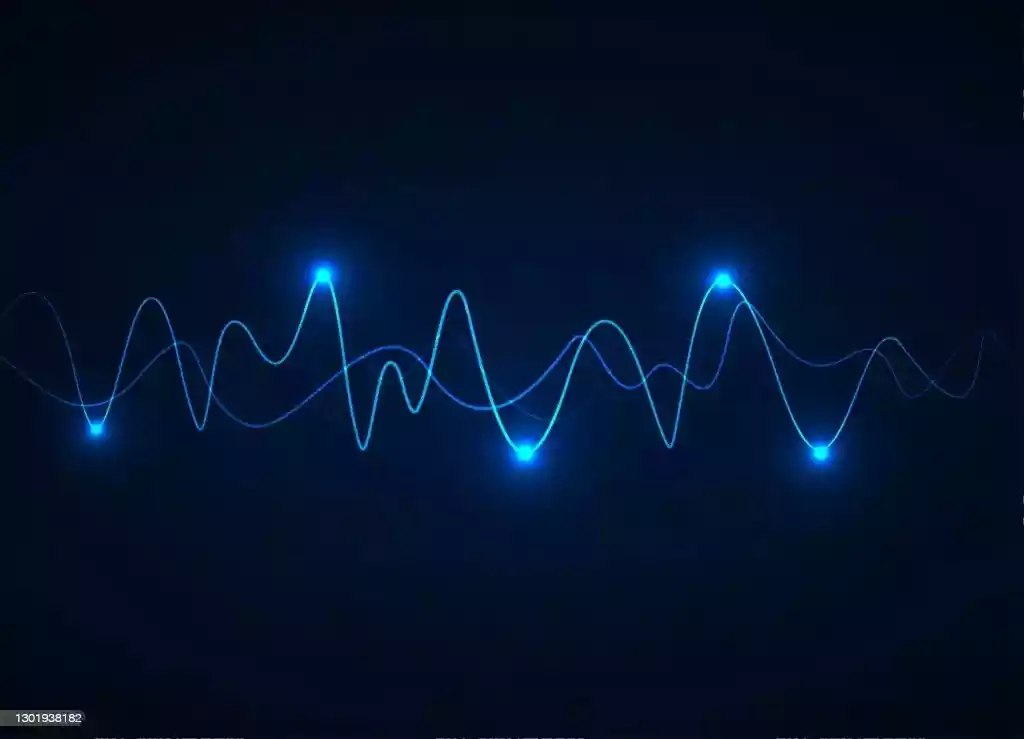Is it possible to use the same frequency for downlink and uplink in satellites?
No, it is not possible to use the same frequency for both downlink and uplink in satellites.
This is because the signals would interfere with each other, causing significant distortion and preventing effective communication.
In satellite communication, downlink refers to the signal transmitted from the satellite to Earth, while uplink refers to the signal transmitted from Earth to the satellite.
If both signals were using the same frequency, they would essentially be canceling each other out, making it impossible to decode the intended information.
To prevent this interference, uplink and downlink frequencies are separated by a specific frequency band.
This ensures that the signals can travel independently without overlapping and causing interference.
The separation between uplink and downlink frequencies also helps to reduce the risk of signal reflection and multipath interference, which can further degrade signal quality.
Techniques Used to Separate Uplink and Downlink Frequencies in Satellite Communication
There are two main techniques used to separate uplink and downlink frequencies in satellite communication:
Frequency Division Duplex (FDD)
In FDD, the uplink and downlink frequencies are separated by a fixed frequency gap.
This means that the satellite has two separate antennas, one for transmitting on the uplink frequency and one for receiving on the downlink frequency.
Time Division Duplex (TDD)
In TDD, both the uplink and downlink use the same frequency, but they transmit and receive in different time slots.
This means that the satellite has a single antenna that is used for both uplink and downlink transmissions, but the antenna switches between transmitting and receiving at different times.
FDD is the more traditional approach and is commonly used in satellite communication systems.
It is simpler to implement and provides a dedicated frequency band for each direction of communication.
However, TDD has become increasingly popular in recent years due to its more efficient use of spectrum.
By using a single frequency for both uplink and downlink, TDD can double the spectral efficiency compared to FDD.
Wrap Up
In summary, using the same frequency for both downlink and uplink in satellites is not feasible due to the resulting signal interference.
By separating uplink and downlink frequencies, satellite communication systems can ensure clear and reliable communication between Earth and space.
FAQs
1. What is the primary purpose of downlink and uplink frequencies? The downlink frequency is used for signals transmitted from the satellite to Earth,
while the uplink frequency handles signals from Earth to the satellite. This separation is important for effective communication.
2. Can interference between frequencies be mitigated? Interference between uplink and downlink frequencies can be mitigated by separating them with specific frequency bands.
This prevents signals from canceling each other out, ensuring clear communication.
3. How does FDD contribute to effective satellite communication? FDD achieves separation by allocating fixed frequency gaps between uplink and downlink.
This traditional method provides dedicated frequency bands for each communication direction, ensuring clarity.
4. Are there any disadvantages to using TDD? While TDD offers enhanced spectral efficiency, it requires precise time slot coordination.
Improper coordination can lead to interference.




